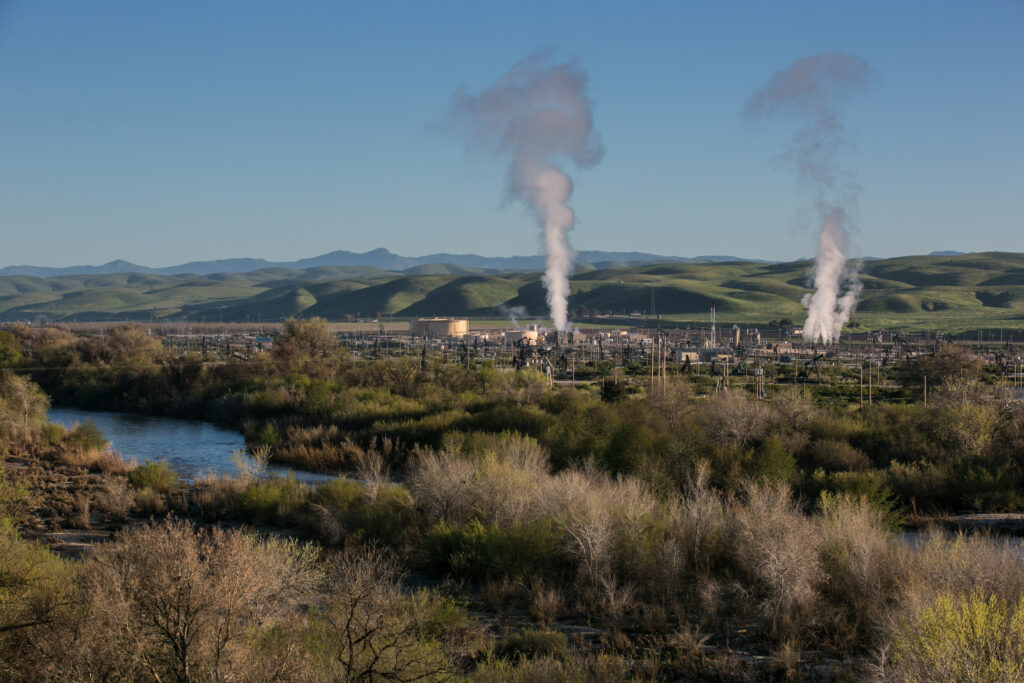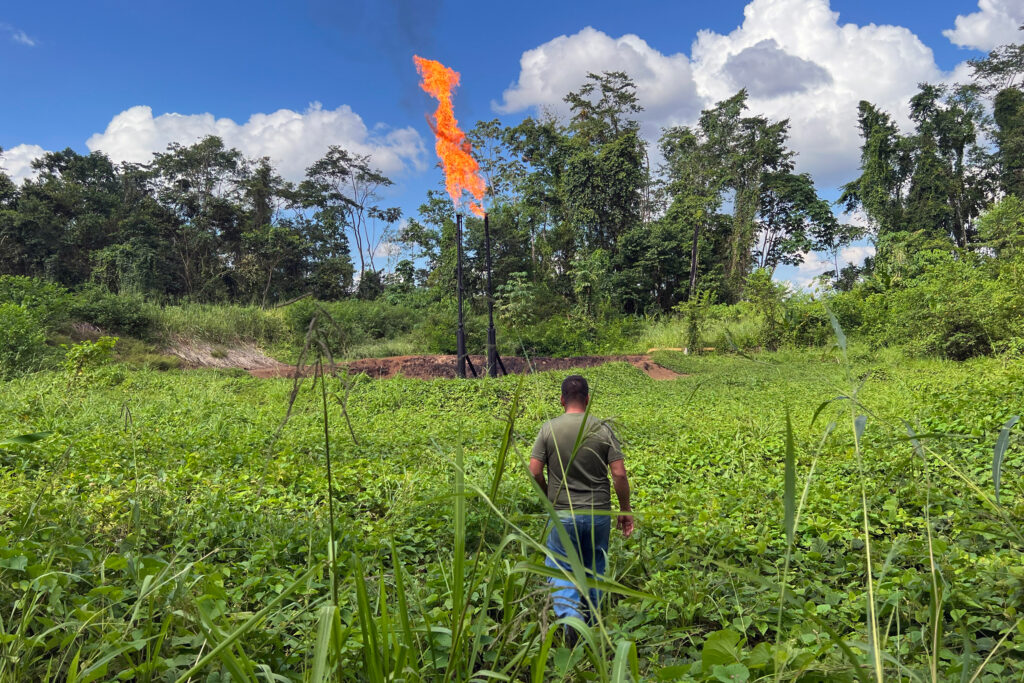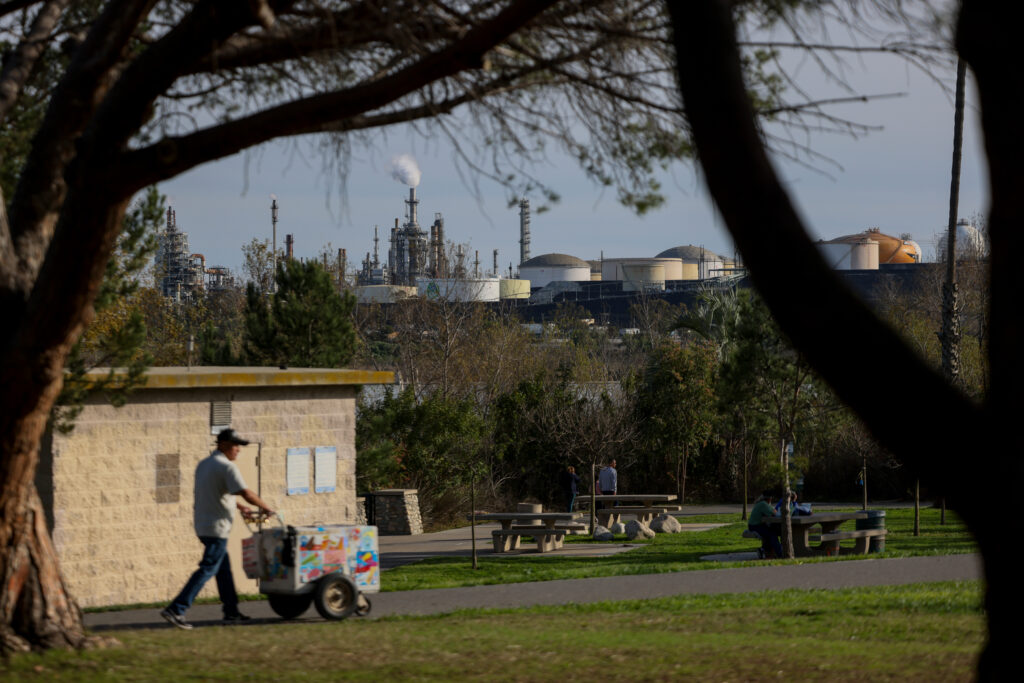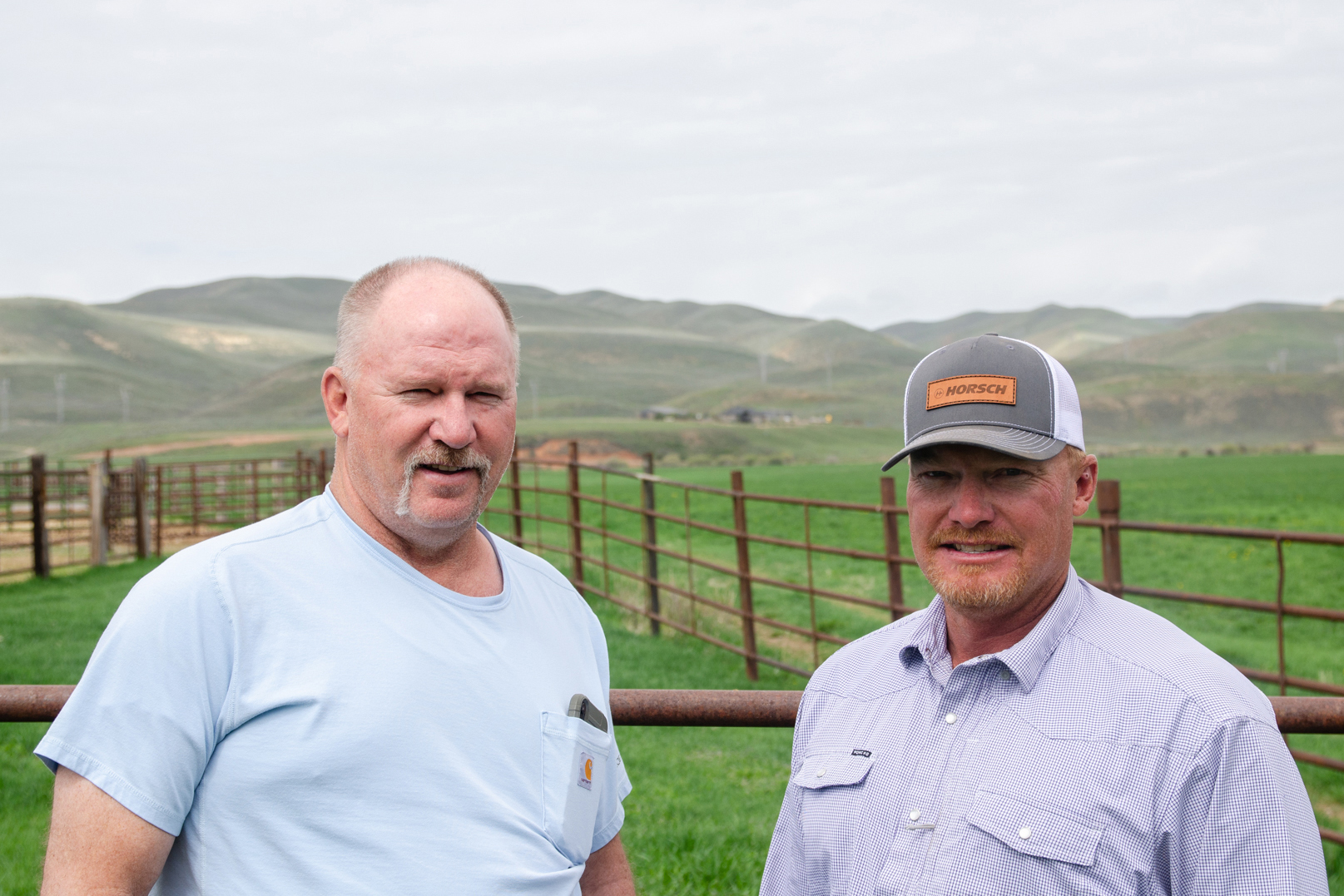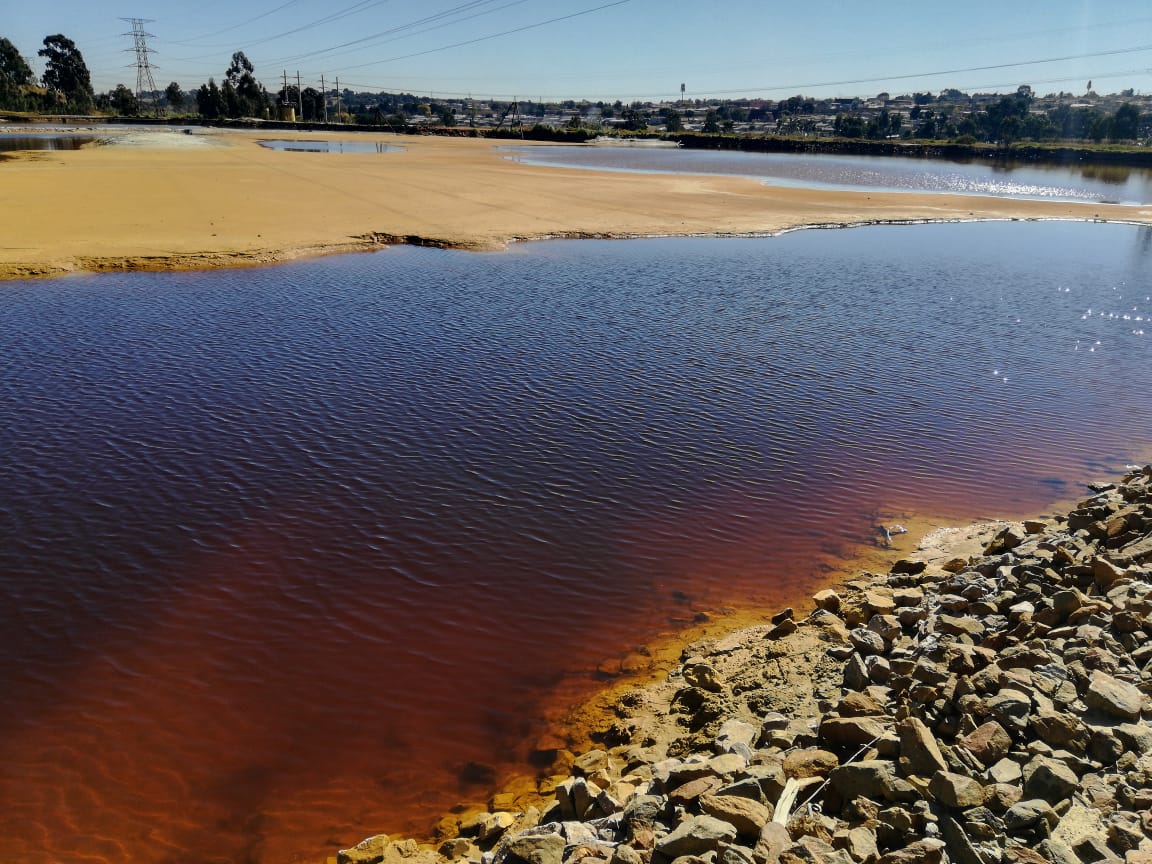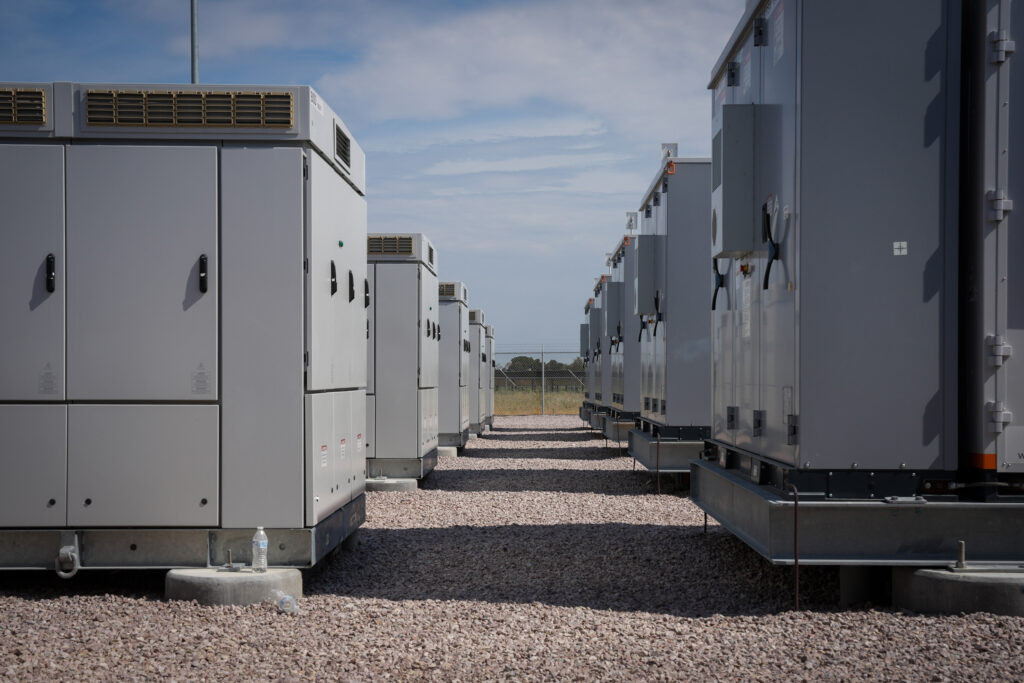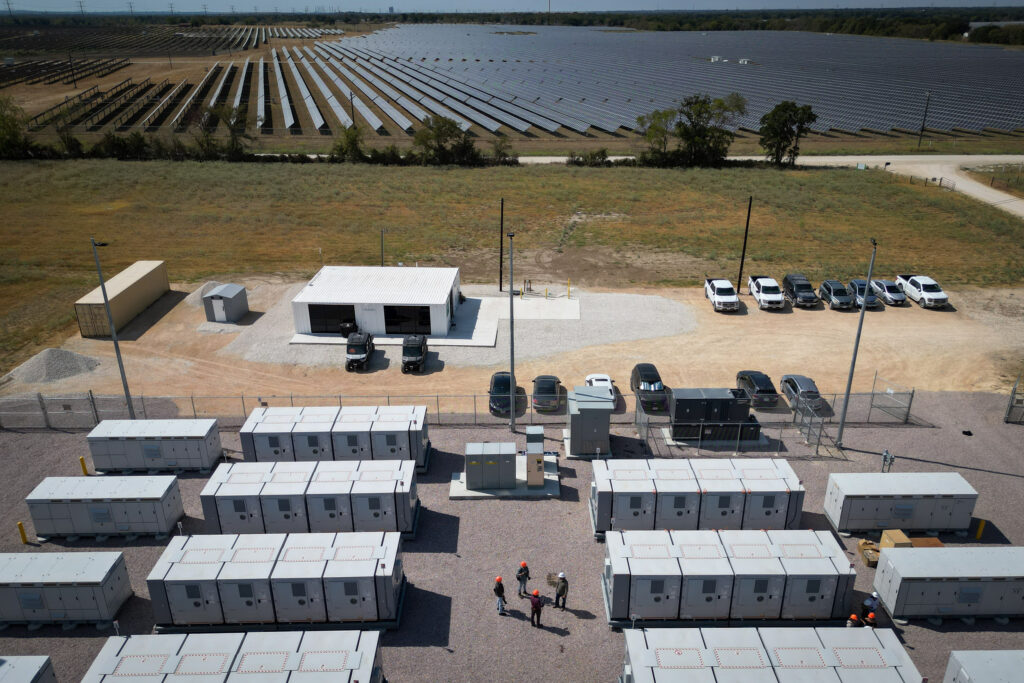In the aftermath of an explosion at U.S. Steel’s Clairton Coke Works that injured 20 workers in July 2010, the Allegheny County emergency management chief was grateful it hadn’t been worse. “By the grace of God, nobody’s dead,” Robert A. Full said. “It’s a miracle no one was killed.”
The 2010 accident—which prompted multiple lawsuits against the company and left one worker with burns over 40 percent of his body and permanent disfigurement—is part of a troubling pattern at the 125-year-old Coke Works.
It was followed by a catastrophic fire in 2018, an explosion in February that injured two workers and, just this Monday, an explosion that killed two and injured at least 10. After touring Clairton in 2017, a county health official called it “one of the most decrepit facilities I’ve ever seen in my nearly 30 years of work.”
Environmental advocates say the company’s attitude toward maintenance is also reflected in longstanding pollution problems at the plant, which processes coal to make coke, a concentrated derivative that fuels steel manufacturing. In the last five years, U.S. Steel has paid more than $10 million in penalties for violations of the Clean Air Act at Clairton. The 2018 fire, which took down key pollution controls at the plant, resulted in a $42 million settlement for violations of that law.
Despite, or perhaps because of, Clairton’s track record, politicians responding to Monday’s accident used language that normalized what had happened.
U.S. Sen. John Fetterman said the incident “just reminds people of how dangerous of a job that this is.” Clairton Mayor Richard Lattanzi, who worked for U.S. Steel for 30 years, part of that time as a safety inspector, said “these things are not supposed to happen and unfortunately, they do happen from time to time.”
Gov. Josh Shapiro characterized the losses as “sacrifices,” as if steelworkers were soldiers heading into battle. “It is dangerous work that they do. It shouldn’t be as dangerous as it was yesterday,” Shapiro said on Tuesday. “We owe them the answers to their questions, and we owe them to never forget the sacrifices that occurred here yesterday.”
For Matt Mehalik, the executive director at the environmental nonprofit coalition Breathe Project, which has monitored the Clairton Coke Works for years, Fetterman’s comments brought to mind an earlier era in Pennsylvania’s industrial history, when workplace fatalities were far more common. A 1914 survey of Pittsburgh’s records found that 195 men had died in the city’s steel industry in just 12 months. Thousands of men and boys died in Pennsylvania’s coal mines in the 20th century, most before the advent of stricter occupational safety rules.
A statement implying that working in the steel industry is inherently deadly “is something to expect from a politician in 1925,” not 2025, Mehalik said. “It is completely inappropriate to suggest that people should have to go to work in an environment where they might not come home that day.”
At a press conference this week, U.S. Steel CEO David Burritt said safety “is in our DNA” and vowed to “to get to the truth” of the accident’s cause. Burritt said he was “shocked and outraged” by a statement from a worker who said U.S. Steel’s approach to maintenance was not preventive but reactive.
“We take this extraordinarily seriously,” he said. “Safety is and always will be our No. 1 priority, every shift, every day, every facility, always.”
Asked by Inside Climate News about the history of accidents at the plants, the company sent a statement about this week’s explosion. “We are working closely with relevant authorities to investigate the cause of the incident,” Burritt said.
Serious explosions in the industry are relatively rare, according to a safety report based on data collected from more than 100 steel companies. Of more than 2,400 injuries reported globally in 2023, only nine were linked to an explosion. Only one of the industry’s 61 deaths reported worldwide that year was caused by an explosion.
“One of the things that makes me upset is how avoidable this situation is,” said Qiyam Ansari, a resident of West Mifflin and the president of Valley Clean Air Now, a grassroots environmental group in the Mon Valley, where Clairton is located. “It didn’t have to be this way. If we had tougher regulations, we wouldn’t be in this situation.”
Ansari criticized Fetterman’s unwavering support for U.S. Steel, which he says comes at a cost to the senator’s constituents, the residents of Clairton, who deal with elevated rates of chronic health problems like asthma. Ansari said he heard from residents who suffered asthma attacks or unusual headaches on Monday after the explosion. On Thursday, the Allegheny County Health Department announced it would deploy mobile air units from the state Department of Environmental Protection in the Mon Valley as part of its “continued investigation” of the explosion.
This story is funded by readers like you.
Our nonprofit newsroom provides award-winning climate coverage free of charge and advertising. We rely on donations from readers like you to keep going. Please donate now to support our work.
Donate Now
The community is frustrated with what they see as a lack of accountability for U.S. Steel, Ansari said. He worries what will happen if the next accident at Clairton is larger.
“Until we actually get a concrete detailed report on the state of the plant, the state of the equipment, how can we trust that something else is not going to happen?” he asked. He wants an independent investigation, not just of this accident, but also of maintenance standards at the entire site.
The federal Chemical Safety and Hazard Investigation Board, which investigates serious chemical accidents, announced Tuesday that it was sending a team to investigate at Clairton. In a statement, board member Sylvia Johnson said the explosion “should not have happened and potentially could have been prevented.”
“Oh My God, Not Again”
After the 2010 blast, a lawsuit filed by injured workers alleged that the explosion was caused by “the gross and outrageous negligence of U.S. Steel,” arguing that the company had failed to provide adequate training for employees, failed to monitor for dangerous levels of gas and failed to ventilate the area properly. U.S. Steel had also “intentionally” ignored ringing alarms and told the workers to keep working rather than evacuate, the lawsuit contended. U.S. Steel denied the lawsuit’s claims, settling it for what the plaintiffs’ lawyer called a “significant” sum.
That attorney, John Gismondi, told The Associated Press he had one reaction to the news that two people had died at the Coke Works this week: “Oh my God, not again at Clairton.” He also represented the widow of a man killed at the plant in 2009.

David Masur, executive director at PennEnvironment, an environmental organization that was among those that sued the company after the 2018 fire, said documents gathered as part of that case showed “a track record of letting the facility deteriorate” as well as previous accidents and explosions at the site.
“When you look at the dominoes that fell in the 2018 fire in our lawsuit, it’s just one mechanical failure after the other and along the way, if any one of the things had worked correctly, you could have avoided that extreme fire,” he said.
Clairton illustrates how dangers to workers and to nearby residents are often intertwined—and that addressing the problems facing one group can often help the other.
“We can absolutely be doing more to make these workplaces safer, both for workers and communities,” said Hilary Lewis, steel director at Industrious Labs, a nonprofit organization that advocates for decarbonizing heavy industry.
Among the 10 coke plants still operating in the U.S., Clairton stands out, Lewis said. It is the largest and one of the oldest, as well as one of the state’s biggest sources of air pollution.
Because of its size, the Clairton Coke Works is a key part of coal-based steelmaking in the U.S., a subset of the industry championed by the Trump administration. Clairton supplies both the Edgar Thomson Works steel mill in nearby Braddock, Pennsylvania, and the Gary Works steel mill in Indiana.
“It would be very difficult to even maintain current coal-based steelmaking capacity without it,” Lewis said. “But it would not be difficult to maintain steelmaking capacity without it,” she said, referring to newer technologies for manufacturing steel that do not rely on coal.
“We need to have a longer-term vision than just putting patches on an inherently dirty facility and process,” Lewis said.
Burritt said this week that Clairton will be open for a “long, long time” as part of the company’s “enduring future in the Mon Valley.”
“It’s really sad that people accept this to just be the way it is,” Ansari said. Not only are workers at the coke plant sacrificing their health and sometimes their lives, he said, but residents are also paying the price. “The community members rightfully feel like they live in a sacrifice zone,” he said.
About This Story
Perhaps you noticed: This story, like all the news we publish, is free to read. That’s because Inside Climate News is a 501c3 nonprofit organization. We do not charge a subscription fee, lock our news behind a paywall, or clutter our website with ads. We make our news on climate and the environment freely available to you and anyone who wants it.
That’s not all. We also share our news for free with scores of other media organizations around the country. Many of them can’t afford to do environmental journalism of their own. We’ve built bureaus from coast to coast to report local stories, collaborate with local newsrooms and co-publish articles so that this vital work is shared as widely as possible.
Two of us launched ICN in 2007. Six years later we earned a Pulitzer Prize for National Reporting, and now we run the oldest and largest dedicated climate newsroom in the nation. We tell the story in all its complexity. We hold polluters accountable. We expose environmental injustice. We debunk misinformation. We scrutinize solutions and inspire action.
Donations from readers like you fund every aspect of what we do. If you don’t already, will you support our ongoing work, our reporting on the biggest crisis facing our planet, and help us reach even more readers in more places?
Please take a moment to make a tax-deductible donation. Every one of them makes a difference.
Thank you,




